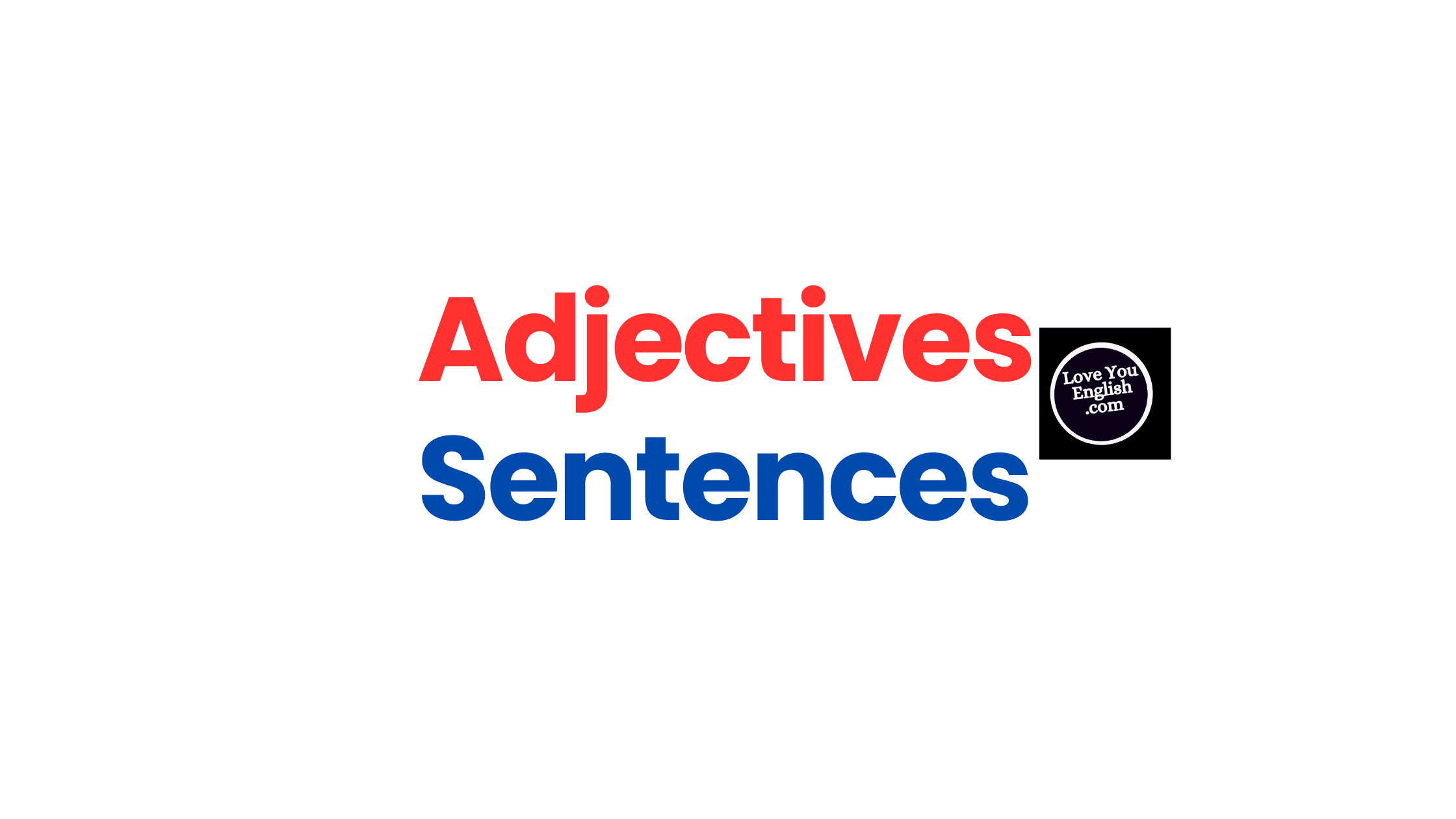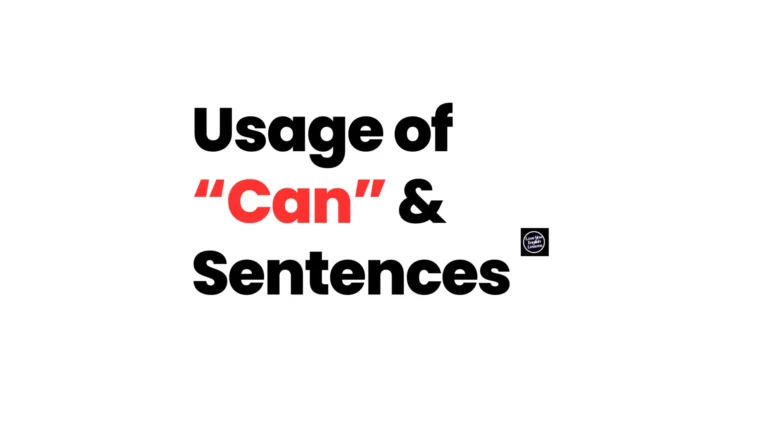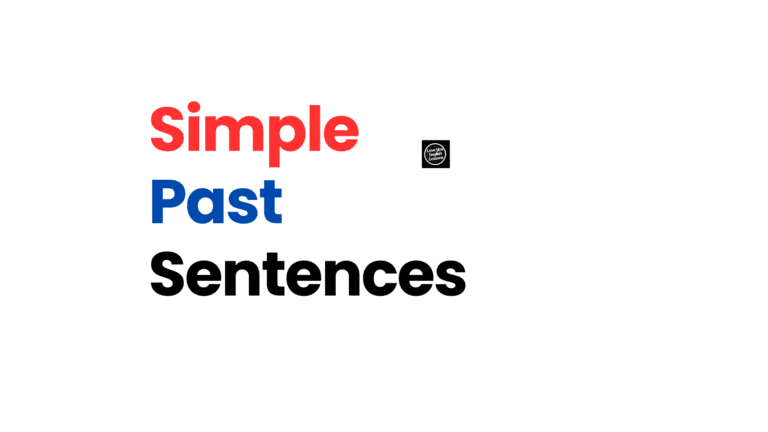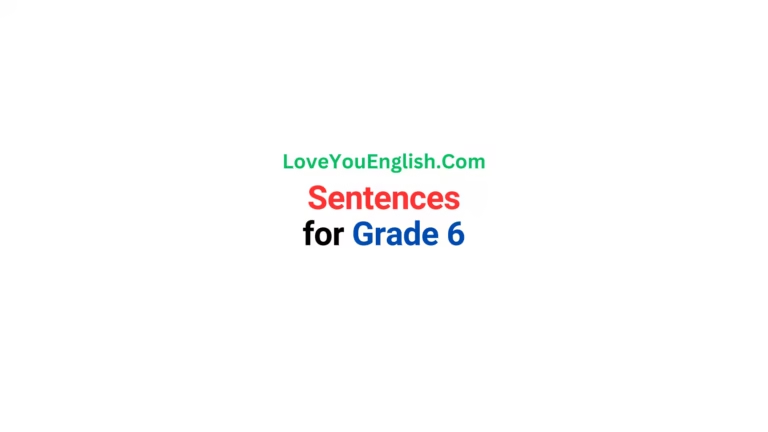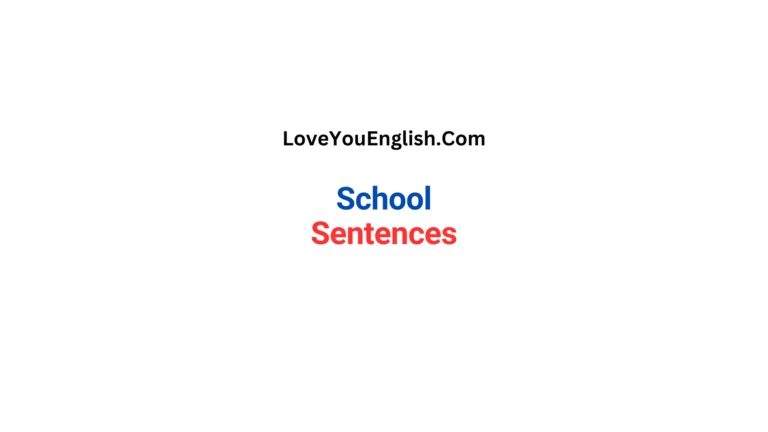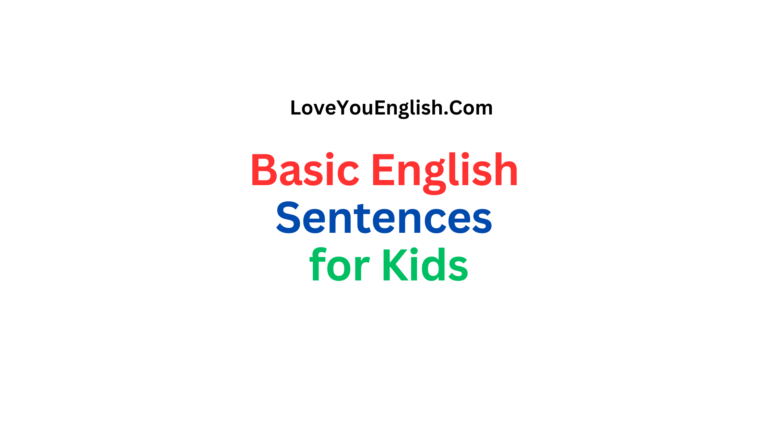Examples of Adjectives in Sentences
Sharing is caring!
Adjectives are words that tell us more about a person, place, thing, or idea. They describe nouns, which are words like “dog,” “house,” or “apple.”
Adjectives can tell us about size, color, number, or how something feels. For example, in the sentence “The big dog barked,” the word “big” is an adjective because it tells us more about the noun “dog.”
In this post, we’ll look at many examples of adjectives in simple sentences. I’ll group them by what they describe—like size, color, or feelings—so it’s easy to follow. By the end, you’ll know how to use adjectives every day. Let’s start!
Adjectives That Describe Size
Size adjectives tell us how big or small something is. Here are some examples:
- The tall tree grows in my yard.
“Tall” tells us the tree is high. - She has a small bag.
“Small” says the bag isn’t big. - The wide river flows fast.
“Wide” means the river stretches far across. - A tiny ant crawled on the table.
“Tiny” shows the ant is very little. - The huge elephant walked slowly.
“Huge” tells us the elephant is very big.
Size adjectives help us picture how much space something takes up. Next time you see something, try using “big,” “small,” or “tall” to describe it!
Adjectives That Describe Color
Color adjectives tell us what color something is. They make sentences more fun and bright. Here are examples:
- The red apple tastes sweet.
“Red” tells us the apple’s color. - He wears a blue shirt.
“Blue” describes the shirt. - The green grass feels soft.
“Green” shows the grass’s color. - A yellow flower grows in the garden.
“Yellow” tells us about the flower. - The black cat sleeps all day.
“Black” describes the cat’s fur.
Color adjectives are great because they help us see things in our minds. What’s your favorite color? Try using it in a sentence!
Adjectives That Describe Number
Number adjectives tell us how many of something there are. They’re also called “quantity” adjectives. Here are some examples:
- Three dogs ran in the park.
“Three” tells us how many dogs. - She ate two cookies.
“Two” says how many cookies. - Many birds fly in the sky.
“Many” means a lot of birds. - One book sits on the table.
“One” shows there’s just a single book. - Few people came to the party.
“Few” means not many people.
Number adjectives are useful when you want to count things. Try counting something around you and use an adjective like “two” or “many.”
Adjectives That Describe Feelings
Feeling adjectives tell us how something feels or how someone is feeling. They can describe emotions or touch. Here are examples:
- The happy child played outside.
“Happy” shows the child feels good. - She felt sad after the movie.
“Sad” tells us her emotion. - The soft blanket keeps me warm.
“Soft” describes how the blanket feels. - He was angry about the mess.
“Angry” shows his mood. - The rough rock hurt my hand.
“Rough” tells us the rock isn’t smooth.
Feeling adjectives help us share emotions or how things feel when we touch them. How do you feel right now? Use an adjective like “happy” or “tired” to say it!
Adjectives That Describe Shape
Shape adjectives tell us what form something has. Is it round, square, or something else? Here are examples:
- The round ball bounced high.
“Round” means the ball is circular. - A square box sat on the floor.
“Square” tells us the box has four equal sides. - The long road goes to town.
“Long” describes the road’s shape. - She drew a flat line.
“Flat” means the line is straight and even. - The oval mirror hangs on the wall.
“Oval” shows the mirror’s shape.
Shape adjectives help us imagine how things look. Look around—can you find something “round” or “square”?
Adjectives That Describe Sound
Sound adjectives describe noises or how loud or quiet something is. Here are examples:
- The loud music woke me up.
“Loud” means the music was noisy. - A quiet mouse ran by.
“Quiet” says the mouse made no sound. - The shrill whistle hurt my ears.
“Shrill” means a sharp, high sound. - Her soft voice was nice to hear.
“Soft” tells us her voice was gentle. - The booming thunder scared the dog.
“Booming” describes a big, deep sound.
Sound adjectives make us hear things in our heads. What’s a sound you like? Try a word like “soft” or “loud” for it!
Adjectives That Describe Taste
Taste adjectives tell us how food or drink tastes. They’re fun to use when eating! Here are examples:
- The sweet candy melted in my mouth.
“Sweet” means it tasted sugary. - He ate a sour lemon.
“Sour” says the lemon was sharp. - The salty chips were crunchy.
“Salty” tells us about the flavor. - A bitter drink made her frown.
“Bitter” means it didn’t taste good. - The spicy soup was hot.
“Spicy” shows it had a kick.
Taste adjectives help us share how food feels on our tongues. What did you eat today? Was it “sweet” or “salty”?
Adjectives That Describe Weather
Weather adjectives describe how it feels outside. They’re great for talking about the day. Here are examples:
- The sunny day was warm.
“Sunny” means the sun was out. - A cold wind blew the leaves.
“Cold” tells us it felt chilly. - The rainy sky was gray.
“Rainy” shows it was wet outside. - A hot summer made us sweat.
“Hot” means very warm. - The cloudy morning was quiet.
“Cloudy” says the sky had clouds.
Weather adjectives help us talk about nature. What’s the weather like where you are? Use “sunny” or “cold” to tell me!
Adjectives That Describe People
Adjectives can describe how people look or act. Here are examples:
- The kind woman helped me.
“Kind” shows she was nice. - He is a tall man.
“Tall” tells us about his height. - The shy boy hid behind his mom.
“Shy” means he was quiet and nervous. - She has long hair.
“Long” describes her hair. - The brave firefighter saved the cat.
“Brave” shows he wasn’t scared.
Adjectives for people help us know more about them. Think of a friend—would you call them “kind” or “funny”?
Adjectives That Compare
Some adjectives compare things. They show if something is more or less than another. Here are examples:
- This dog is bigger than that one.
“Bigger” compares the dogs’ sizes. - Her cake is sweeter than mine.
“Sweeter” compares taste. - The blue car is faster than the red one.
“Faster” compares speed. - He is the tallest boy in class.
“Tallest” shows he’s the most tall. - This book is shorter than that one.
“Shorter” compares length.
Comparing adjectives like “bigger” or “fastest” help us see differences. Compare two things near you with “more” or “less”!
Why Adjectives Matter
Adjectives make our sentences better. Without them, we’d just say, “The dog barked.” But with adjectives, we can say, “The big fluffy dog barked loudly.” See how much more we know? Adjectives add details and make talking or writing more interesting.
You can use adjectives anywhere. When you talk to a friend, try saying, “The warm sun feels nice” instead of just “The sun is out.” It paints a picture! Adjectives also help us share what we see, feel, or think.
Practice Using Adjectives
Let’s try some practice. Look around you and pick three things. Write a sentence for each with an adjective. Here’s an example:
What did you pick? Maybe “a tall lamp,” “a red cup,” or “a quiet room”? Share your sentences if you want!
More Examples to Enjoy
Let’s add more examples to see how fun adjectives are. I’ll mix different types:
- The fluffy kitten purred softly.
“Fluffy” describes its fur, “softly” its sound. - A shiny coin fell on the floor.
“Shiny” tells us it reflects light. - The old house looks spooky.
“Old” shows age, “spooky” a feeling. - Two bright stars glowed at night.
“Two” counts, “bright” describes light. - The smooth ice felt cold.
“Smooth” is touch, “cold” is temperature.
Adjectives can team up to tell us even more. Try mixing two in one sentence!
Adjectives in Stories
Adjectives are big in stories. They help us imagine everything. Here’s a tiny story with adjectives:
“The little girl walked through a dark forest. Tall trees loomed over her. A loud owl hooted nearby. She held a warm lantern and felt brave.”
See how “little,” “dark,” “tall,” “loud,” “warm,” and “brave” make the story alive? Without them, it’s just “The girl walked through a forest. Trees were there. An owl hooted. She held a lantern and felt something.” Boring, right?
Common Adjective Mistakes
Sometimes people use adjectives wrong. Here’s what to watch for:
- Don’t say “more bigger.” Just say “bigger.”
Wrong: “This is more bigger than that.”
Right: “This is bigger than that.” - Put adjectives before the noun, not after (usually).
Wrong: “The dog loud barked.”
Right: “The loud dog barked.” - Don’t overuse them. Too many make sentences messy.
Bad: “The big tall huge fluffy soft dog slept.”
Better: “The big fluffy dog slept.”
Keep it simple, and you’ll be fine!
Conclusion
Adjectives are awesome little words. They tell us about size, color, number, feelings, shapes, sounds, tastes, weather, people, and more. With adjectives, we can say so much more. “The cat slept” becomes “The soft black cat slept quietly.” It’s like magic for your words!
In this post, we saw tons of examples. From “tall trees” to “sweet candy” to “loud music,” adjectives are everywhere. Now it’s your turn. Look around, listen, feel, and taste. What adjectives can you use? Practice them, and soon you’ll describe the world like a pro.
Thanks for reading! What’s one adjective you’ll use today? Let me know!
Read more:
Sharing is caring!

